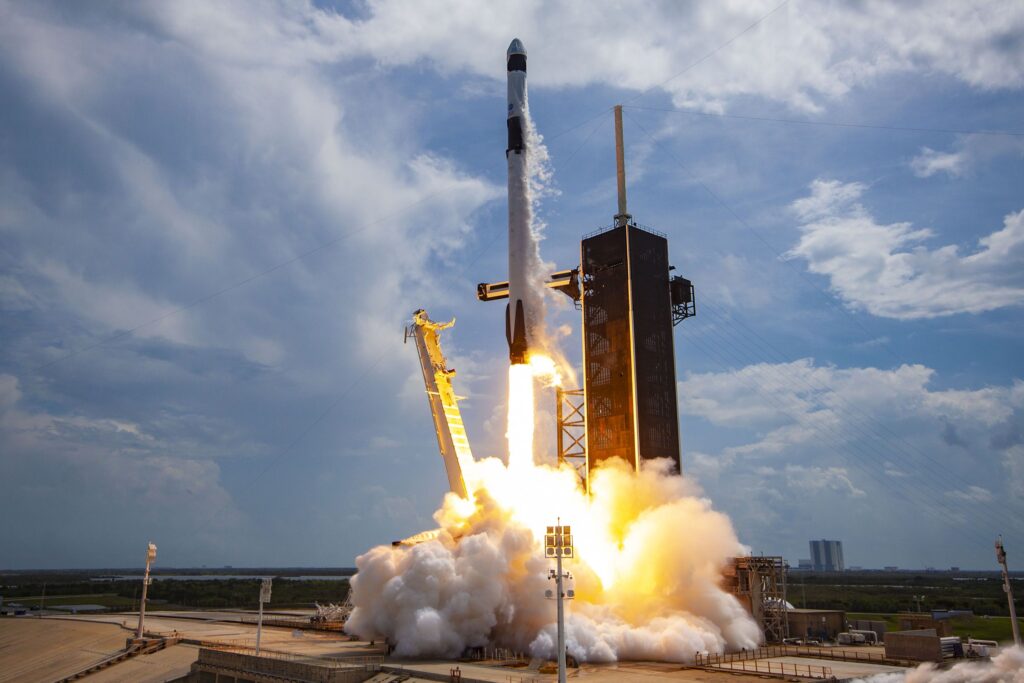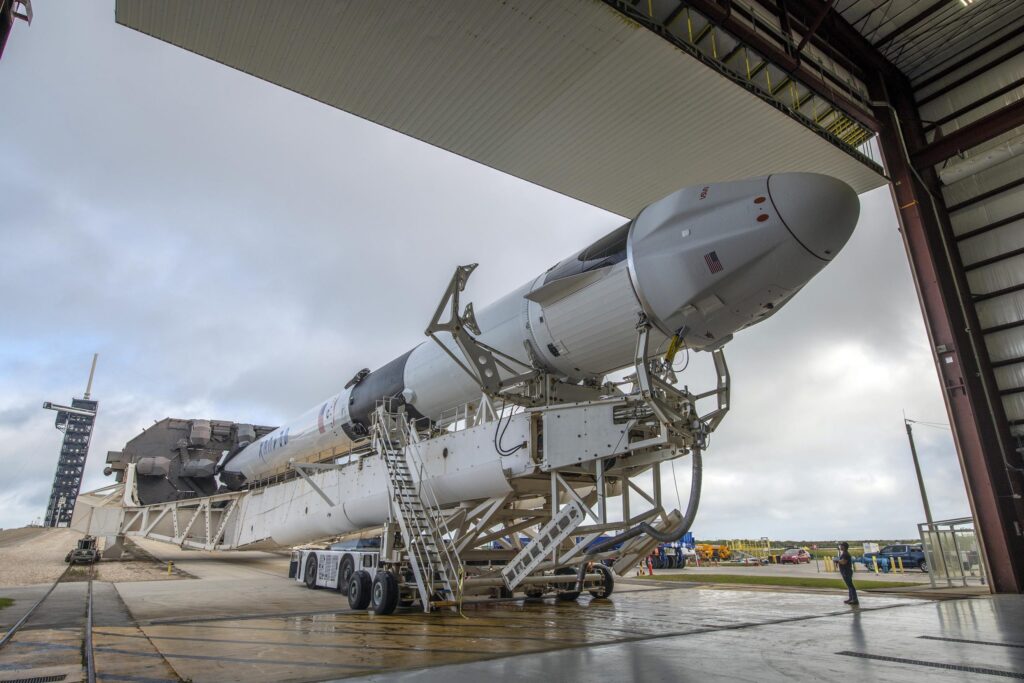Milestone Launch of Falcon 9 by ULA:


Washington – In a significant achievement, United Launch Alliance (ULA), a collaboration between Boeing (BA.N) and Lockheed Martin (LMT.N), successfully inaugurated its new rocket, Falcon 9, with a flawless maiden flight on the 8th.
Government’s Quest for Diverse Suppliers:
This landmark event marks a crucial step for the U.S. government in its pursuit of diversifying suppliers for satellite launch vehicles. It signals the government’s ambition to position itself as a robust contender in the space industry, directly competing with SpaceX under the leadership of entrepreneur Elon Musk.
Technical Challenges for Astrobotic Lander “Peregrine”:
Despite the technical challenges that may impede the original mission plan for the astrobotic lunar lander “Peregrine,” the successful launch of Falcon 9 underscores a commendable accomplishment for ULA.
ULA’s Ambitious Market Expansion:
Building on this success, ULA is strategically positioning itself for a significant expansion in the rocket launch market, traditionally dominated by SpaceX. The objective is clear: to present a competitive alternative to SpaceX’s Falcon 9, the go-to choice for both governments and private entities.
Competition and Market Analysis:
Caleb Henry, a space analyst at Quilty Analytics, highlights that this triumphant launch positions ULA as a formidable contender to challenge SpaceX’s virtual monopoly. The potential to offer a compelling alternative route to space, backed by a commitment to frequent launches, adds a new dynamic to the market.
National Security Concerns and Alternatives:
Expressing concerns about relying solely on SpaceX for launches, the U.S. Department of Defense is keen on having alternative pathways to meet national security needs. Michael Lembeck, a space consultant, emphasizes the importance of having contingency plans in case of any setbacks with SpaceX.
Rapidly Increasing Demand Amidst Limited Opportunities:
Against the backdrop of a rapidly escalating demand for launches, fueled by plans to deploy internet communication satellites, ULA is actively soliciting orders for approximately 70 missions. This diversification includes a balanced distribution between government and commercial sectors, with Amazon’s Kuiper Plan playing a pivotal role.
Competition for Orders and Pricing Dynamics:
With a minimum launch price of about $110 million, Vulcan competes favorably with SpaceX’s Falcon 9. However, the pricing dynamics shift for Pentagon missions, potentially costing more. ULA and SpaceX engage in an intense competition for security-related mission orders, with the Department of Defense allocating a significant share to both entities.
Technical Specifications and Engine Transition:
Vulcan, equipped with Blue Origin’s BE-4 engine, boasts technical specifications allowing up to six fixed rocket motors as auxiliary boosters. This signifies ULA’s commitment to advancing its technology and capabilities, transitioning from the Russian-made RD-180 engine in the Atlas 5.
Blue Origin’s New Glenn as a Powerful Rival:
As a powerful rival to Vulcan, Blue Origin’s New Glenn, equipped with seven BE-4 engines, is rapidly advancing toward commercialization. This dynamic shift adds complexity to the evolving space industry, introducing a new player in the form of a potent competitor.
